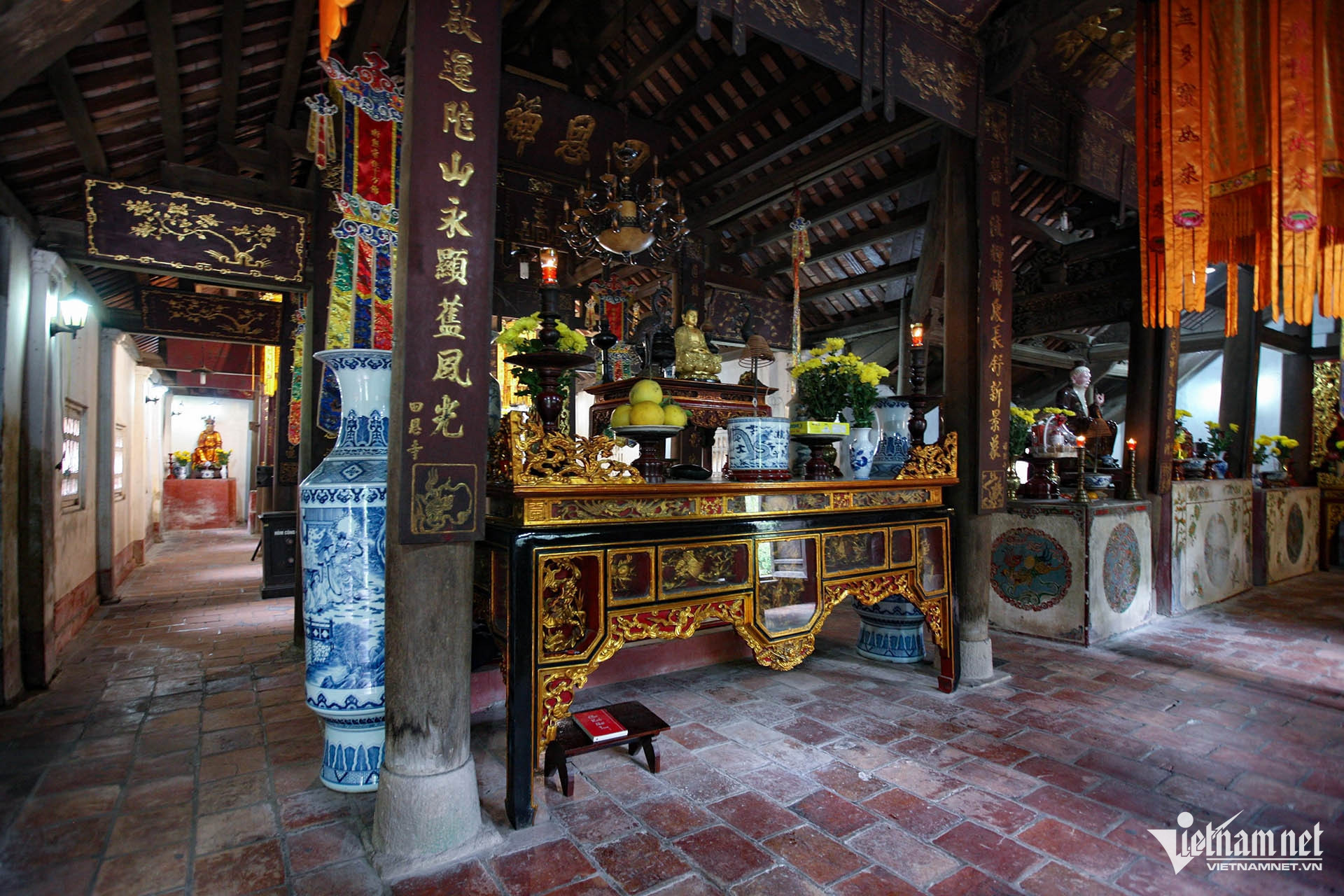Located majestically on the Bo Da Mountain range in Tien Son commune, Viet Yen district, Bac Giang province, Bo Da Pagoda is one of Vietnam’s most significant Buddhist centers and a nationally recognized special relic. Designated a Special National Monument in 2016, the temple complex is a repository of immense historical, architectural, and cultural value.
Among its treasures are the world’s oldest woodblock Buddhist scriptures and Vietnam’s most extensive and unique garden of stupas.
With its profound cultural significance, Bo Da Pagoda was officially classified as a Special National Monument by the Prime Minister’s Decision No. 2499 dated December 22, 2016. The pagoda holds numerous rare documents, artifacts, and antiquities of architectural and artistic importance.
Constructed during the reign of King Le Hien Tong under the Canh Hung era (1740-1786), the temple was built by the revered monk Ngo Tinh Anh and the local community. Its “internally connected, externally closed” layout makes it unique among Northern Vietnamese temples, creating a tranquil, sacred space while allowing seamless movement within the compound, protected from weather conditions.
The pagoda features harmonious architectural elements made from fired bricks, tiles, and ceramic shards. Notably, the walls and gates were constructed using traditional rammed-earth methods.
One of the most remarkable features is the Stupa Garden - Vietnam’s largest and oldest. Covering nearly 8,000 square meters, the garden contains 110 stupas and tombs, including 97 ancient ones, housing the remains of over 1,200 monks and nuns of the Lâm Tế Zen sect. Each stupa follows specific monastic rules, with monk stupas shaped like nectar vessels and nun stupas topped with lotus buds, creating a serene, spiritual atmosphere.
Each stupa contains the ashes of four to 26 individuals, typically standing 3 to 5 meters tall, with the founders’ stupas being even grander.
The temple’s most prized artifact is a set of Buddhist scriptures carved on thi wood around 1741 - considered the oldest such set in Vietnam. The texts reflect the influence of both Indian and Chinese Buddhist traditions, with over 2,000 woodblocks including works such as Lang Nghiem Chinh Mach, Yet Ma Hoi Ban, and Nam Hai Ky Quy.
The scripture set is organized into eight bookstands, each holding four volumes composed of 240 wooden panels. Each panel averages 50 cm long, 25 cm wide, and 2.5 cm thick. To display the entire collection simultaneously, an area of 250-300 square meters is needed. Despite being nearly 300 years old, the set remains remarkably intact, with the thi wood resisting pests even without preservatives.
On December 25, 2017, the scripture set was officially recognized as a national treasure. In 2016, Vietnam’s Records Organization acknowledged it as the oldest thi-wood Buddhist woodblock set in the country, and in April 2017, WorldKings declared it the oldest such set globally.
Aside from the stupa garden and scripture set, Bo Da Pagoda houses other precious artifacts including 39 wooden Buddha statues from the Le Trung Hung era, a complete Le dynasty wooden sculpture collection, stone steles, bronze bells, and elaborately gilded horizontal boards and parallel sentences.
These statues not only represent religious devotion and the Truc Lam Zen lineage but are also outstanding examples of Vietnamese woodcarving.
The temple garden is planted with seasonal flowers and traditional fruit trees, surrounded by a moat 2 meters wide and 1.5 meters deep, serving both drainage and security purposes. Additionally, the garden houses an ancient voi tree, recognized as a Vietnamese heritage tree.
With its rich legacy in architecture, spirituality, and cultural preservation, Bo Da Pagoda is not only a vital spiritual site but a national and global heritage landmark, showcasing the deep roots of Vietnamese Buddhism.
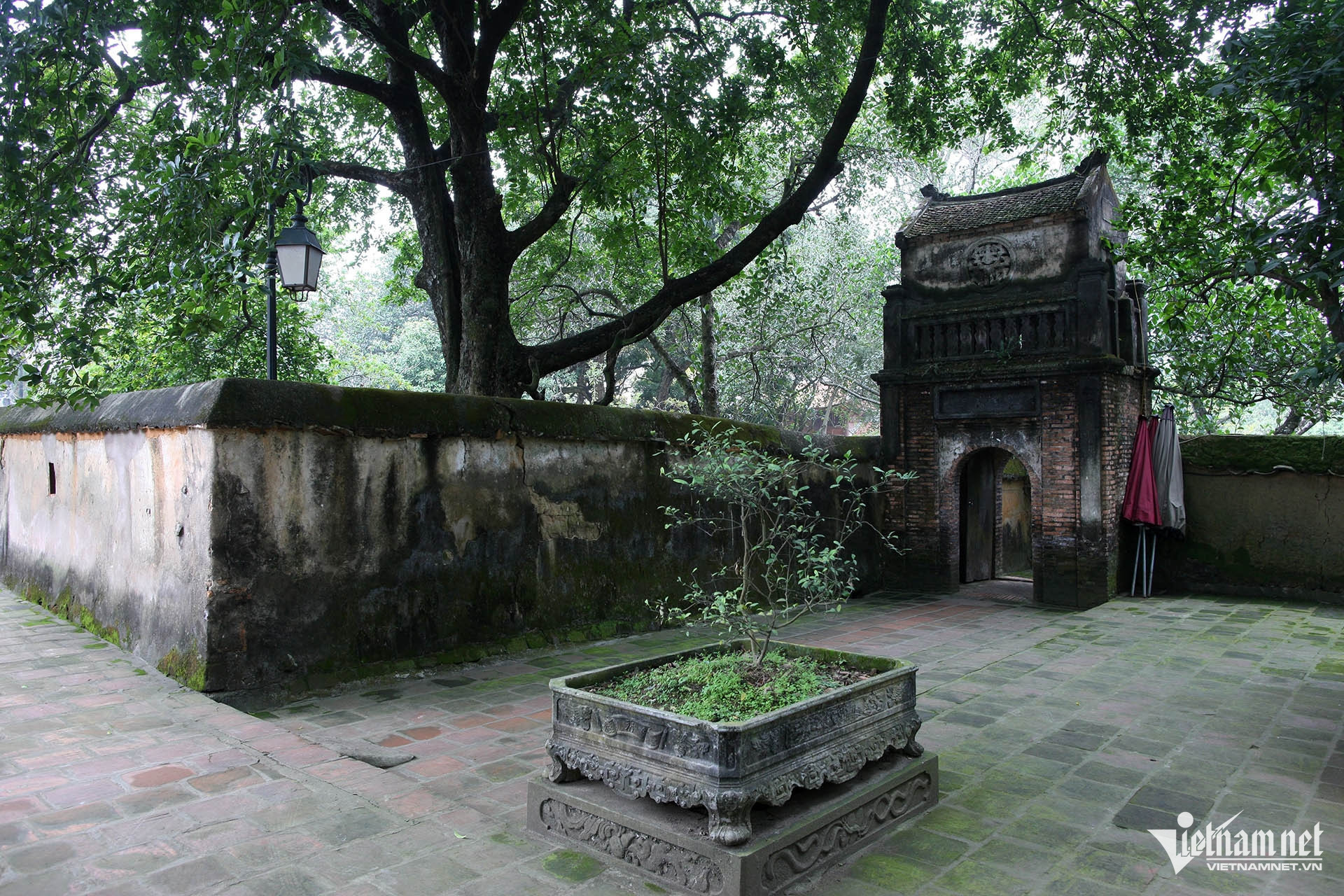
Bo Da Pagoda is one of Vietnam’s most significant spiritual and cultural sites.
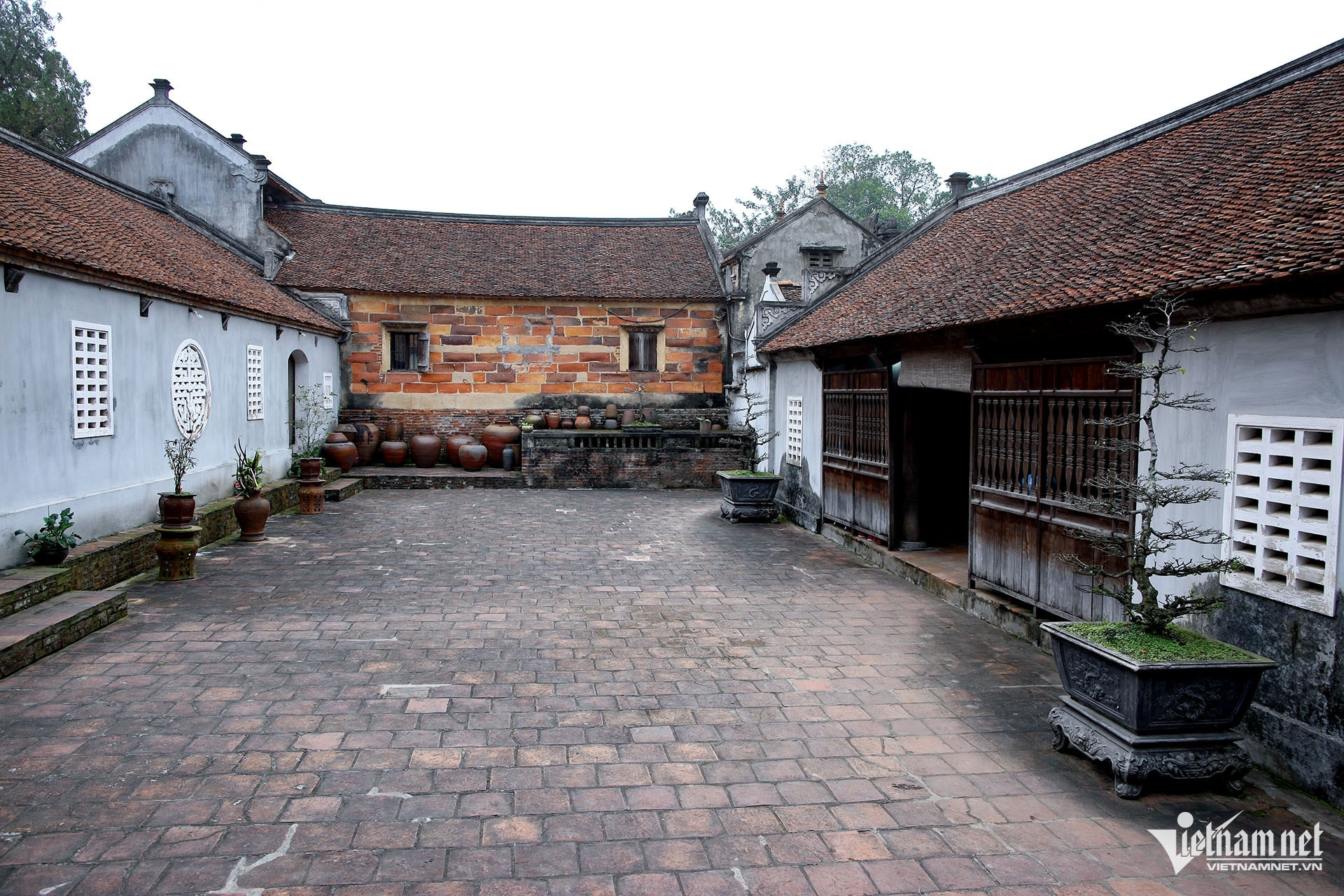
Recognized as a Special National Monument, Bo Da Pagoda holds immense historical and architectural value.
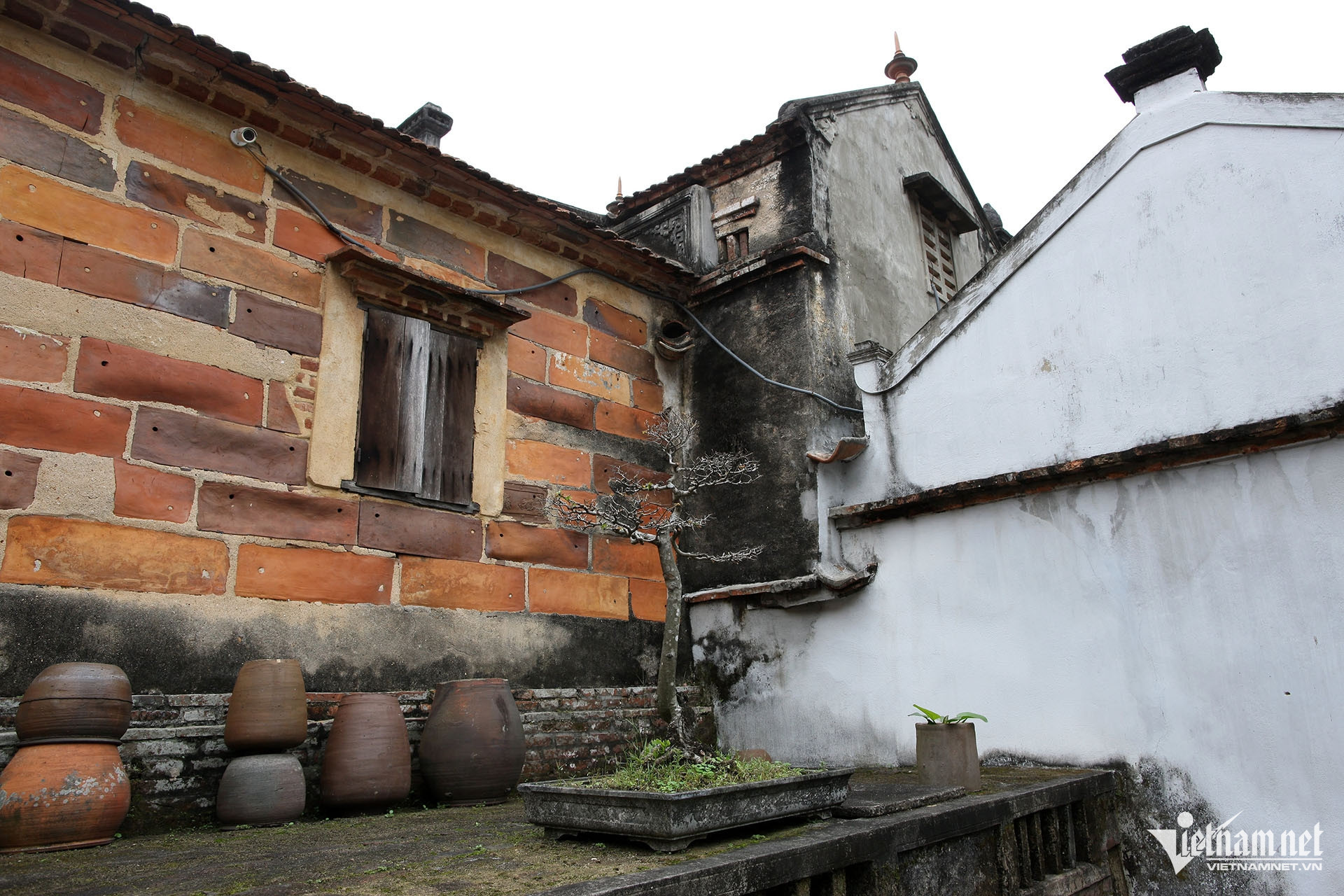
The temple was built during the Canh Hung era (1740-1786) under the Le dynasty.
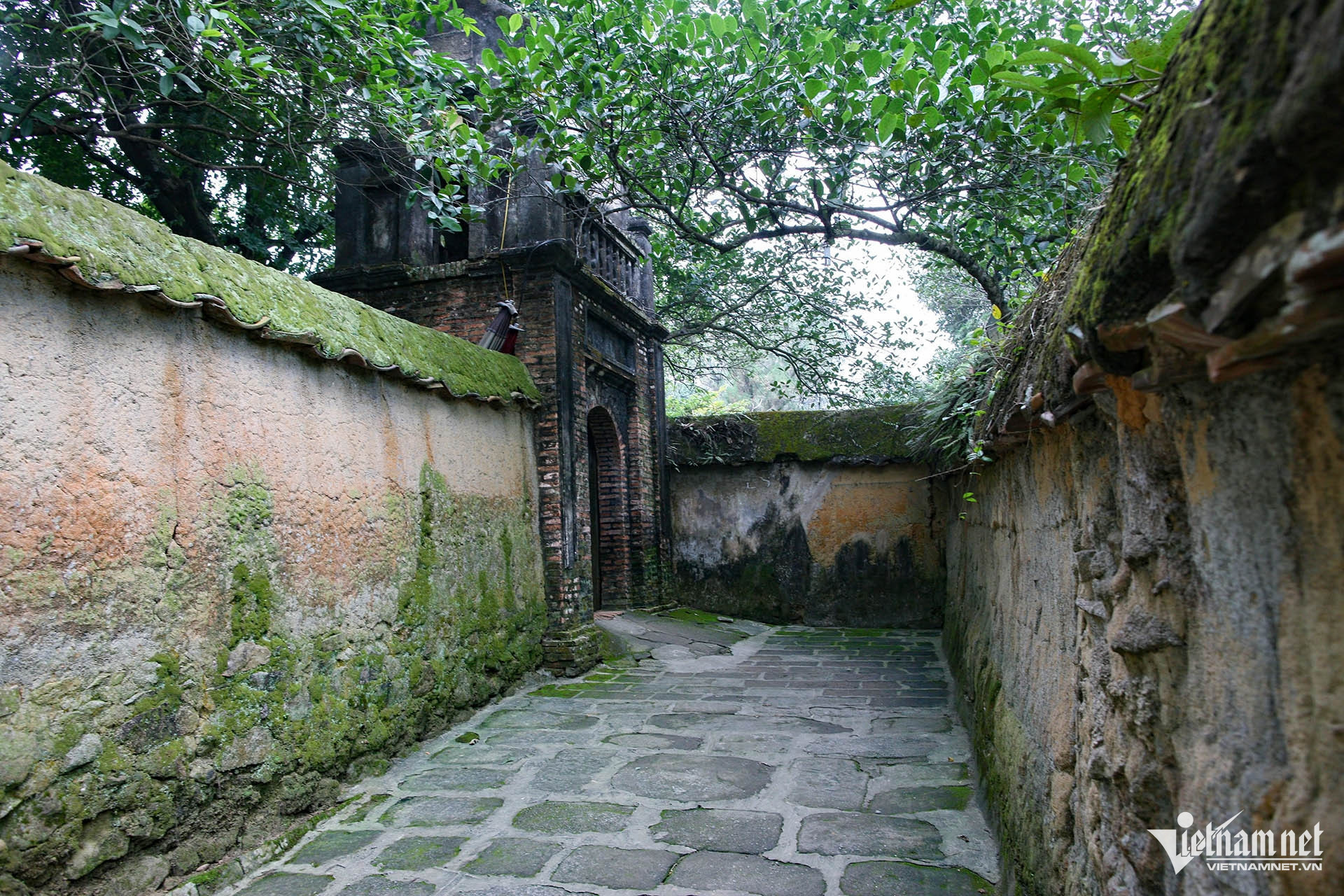
Its unique "internally connected, externally closed" layout enhances its sacred and tranquil ambiance.
Walls and gates are constructed using traditional rammed-earth techniques.
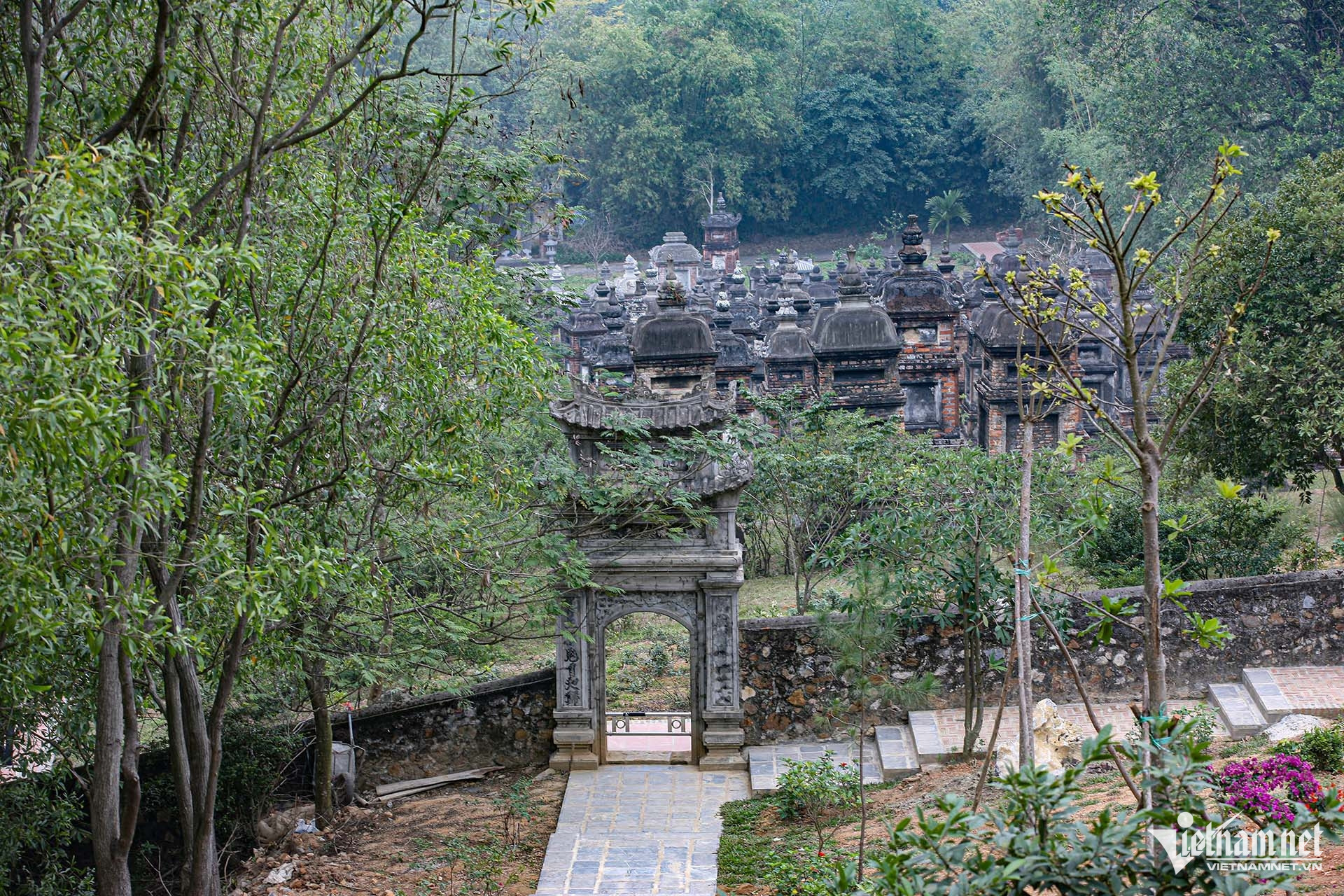
Structures are built with baked bricks, tiles, and ceramic shards, reflecting distinct architectural harmony.
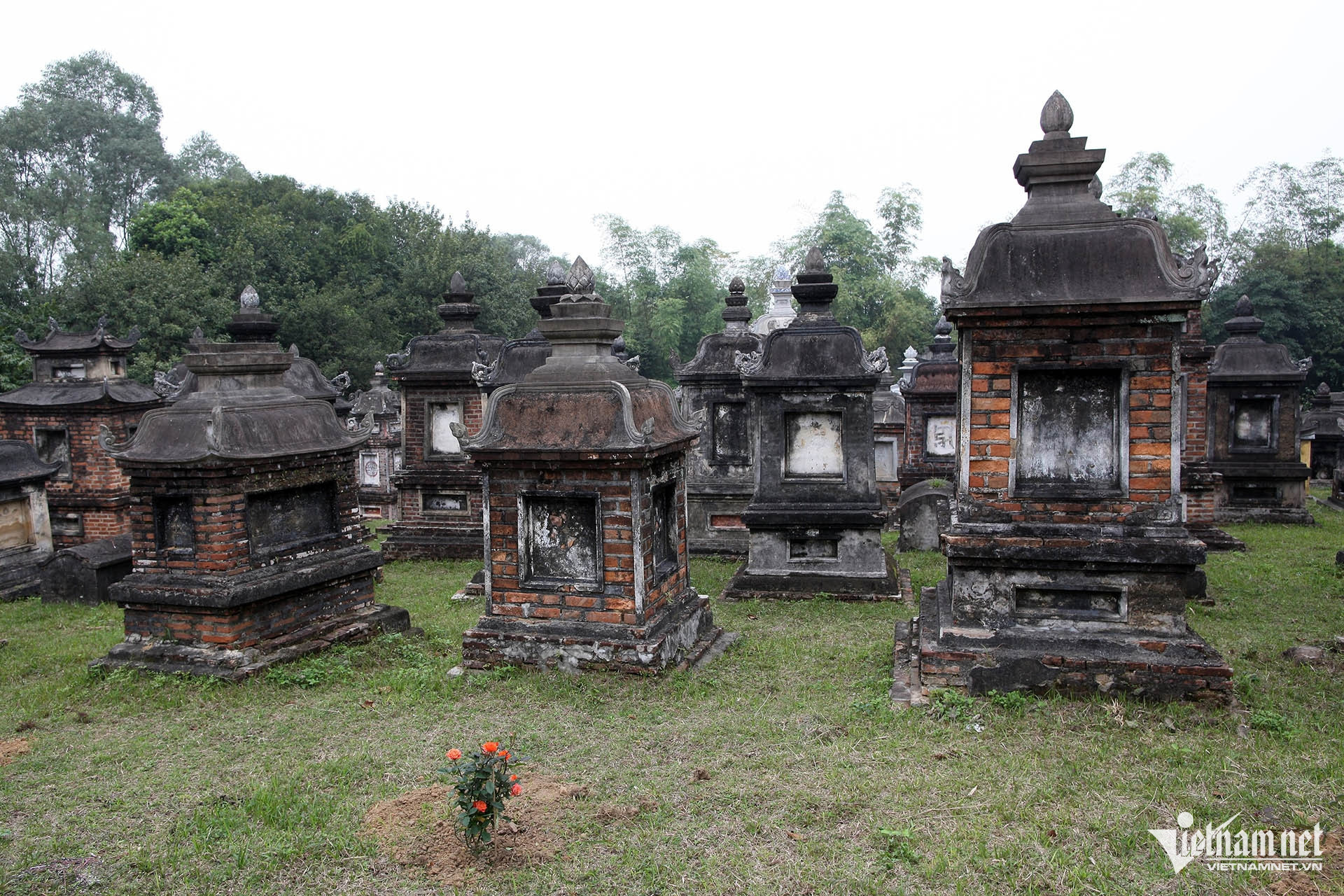
The Stupa Garden at Bo Da is the largest and oldest in Vietnam, housing over 1,200 monks’ ashes.
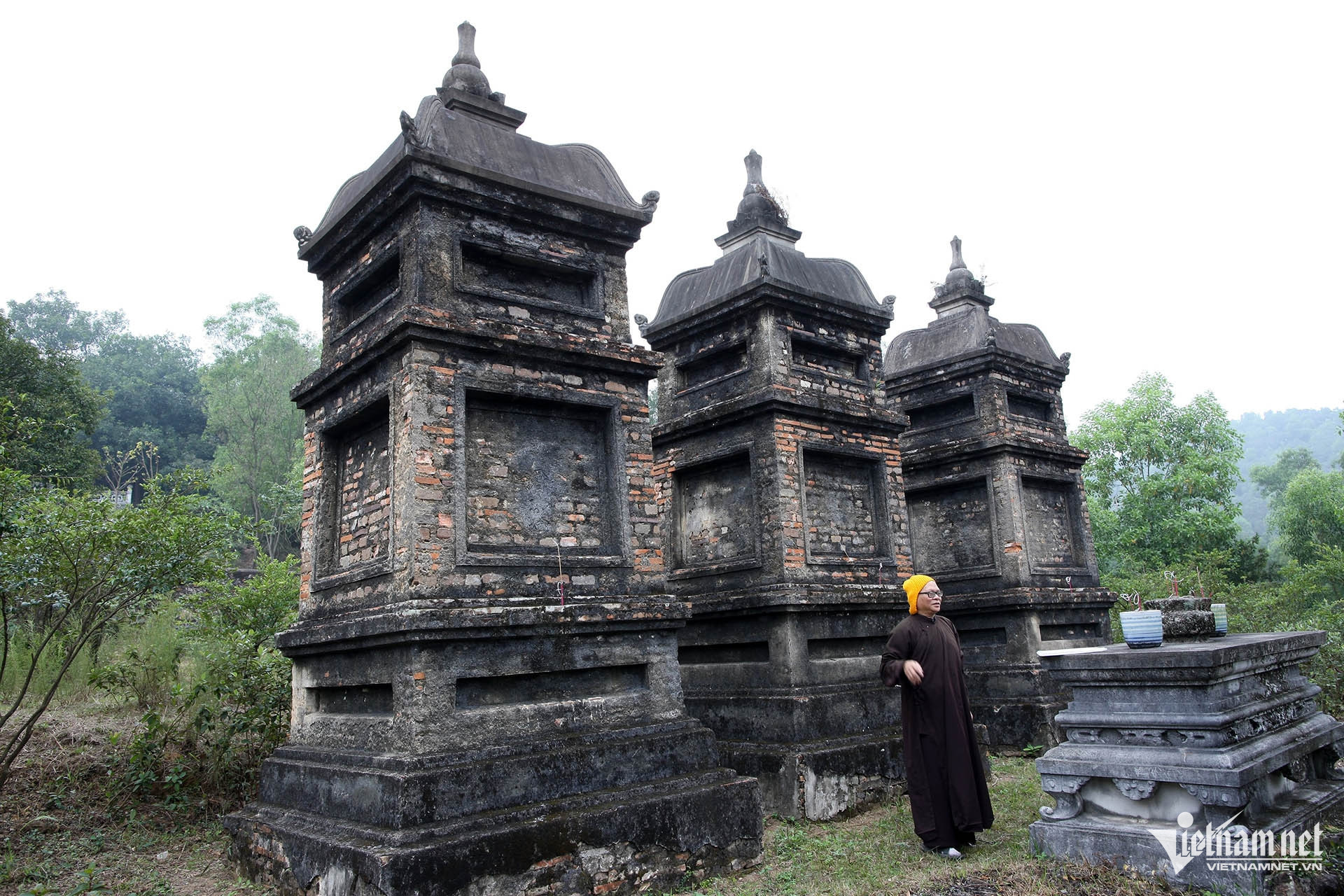
Each stupa is meticulously designed according to Zen Buddhist principles.
Stupas range from three to four tiers high, with some housing up to 26 remains.
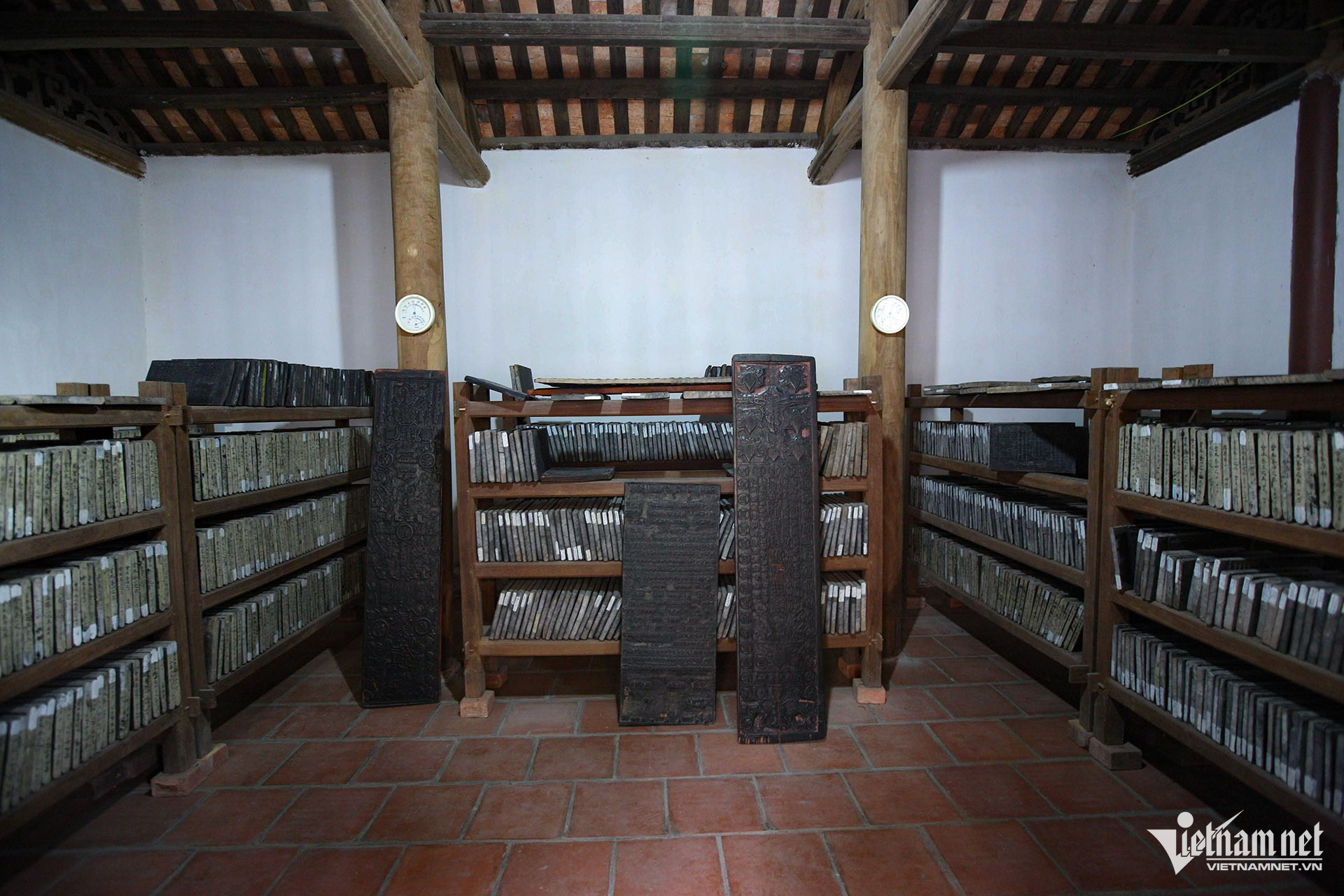
The temple preserves the world’s oldest Buddhist woodblock scriptures carved on thi wood.
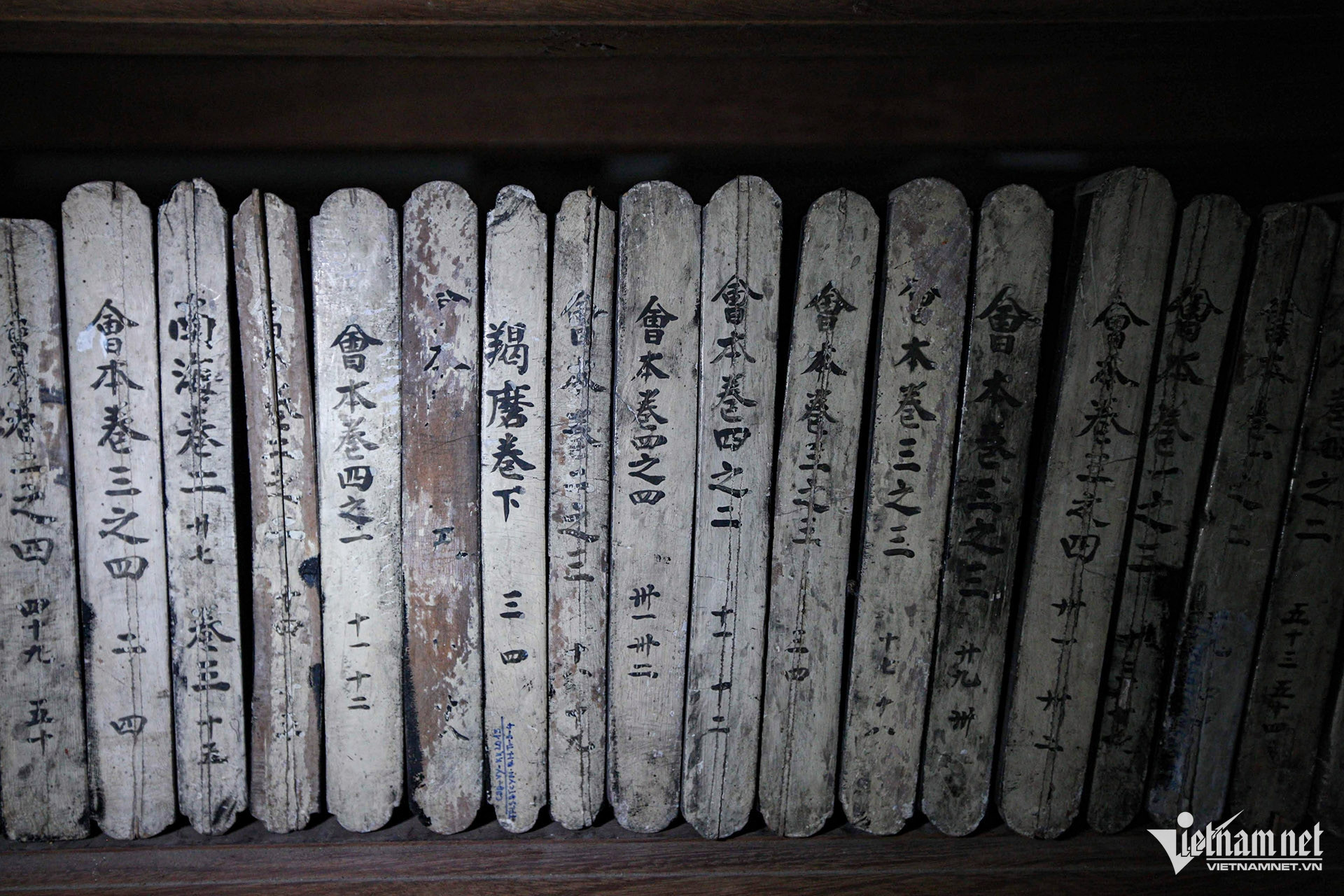
These scriptures span over 2,000 woodblocks and cover diverse Buddhist teachings.
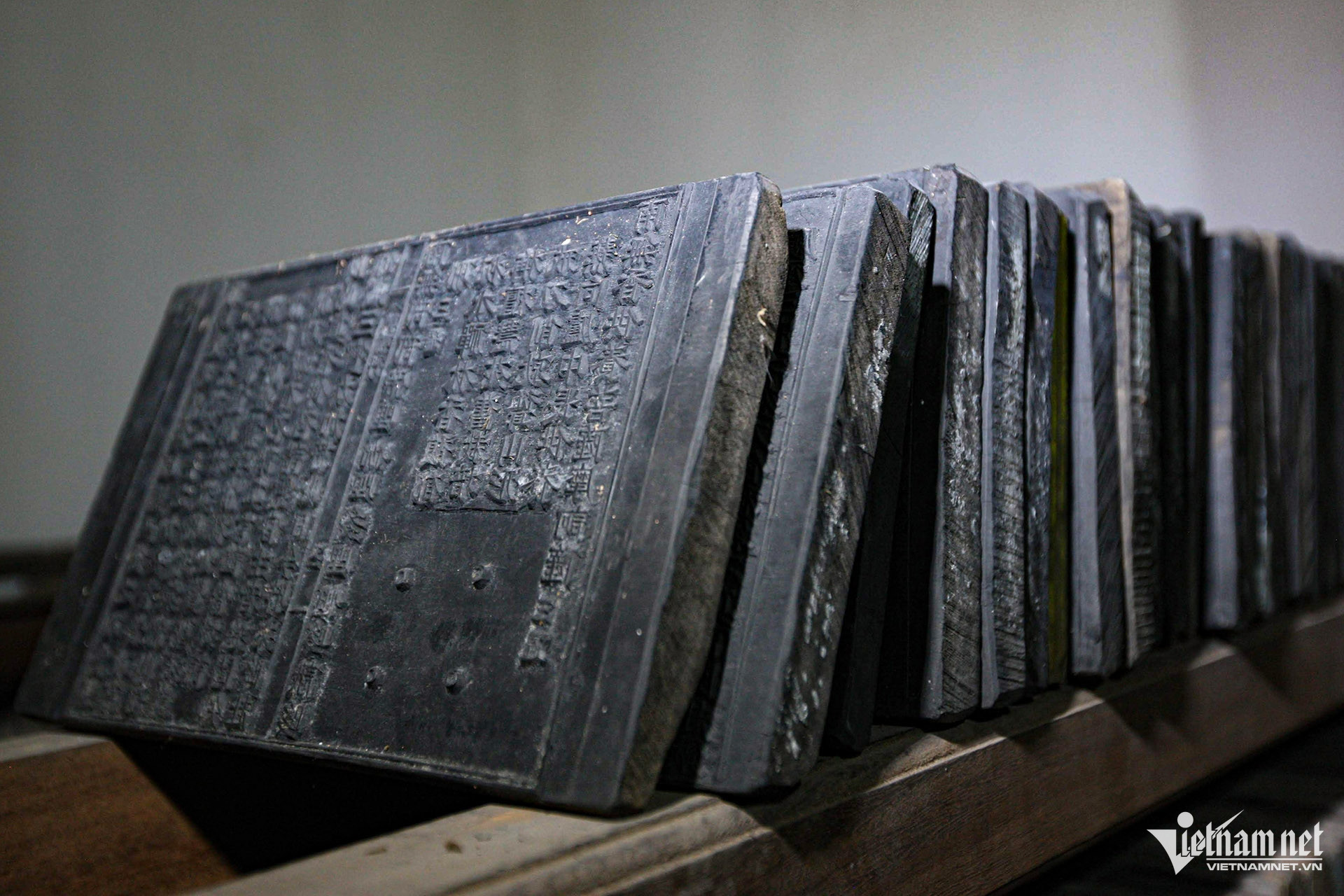
Each woodblock measures about 50 cm long and 25 cm wide, weighing several kilograms.
Despite centuries passing, the scriptures remain intact and remarkably well-preserved.
In 2017, the scripture set was recognized as a national treasure and a global record by WorldKings.
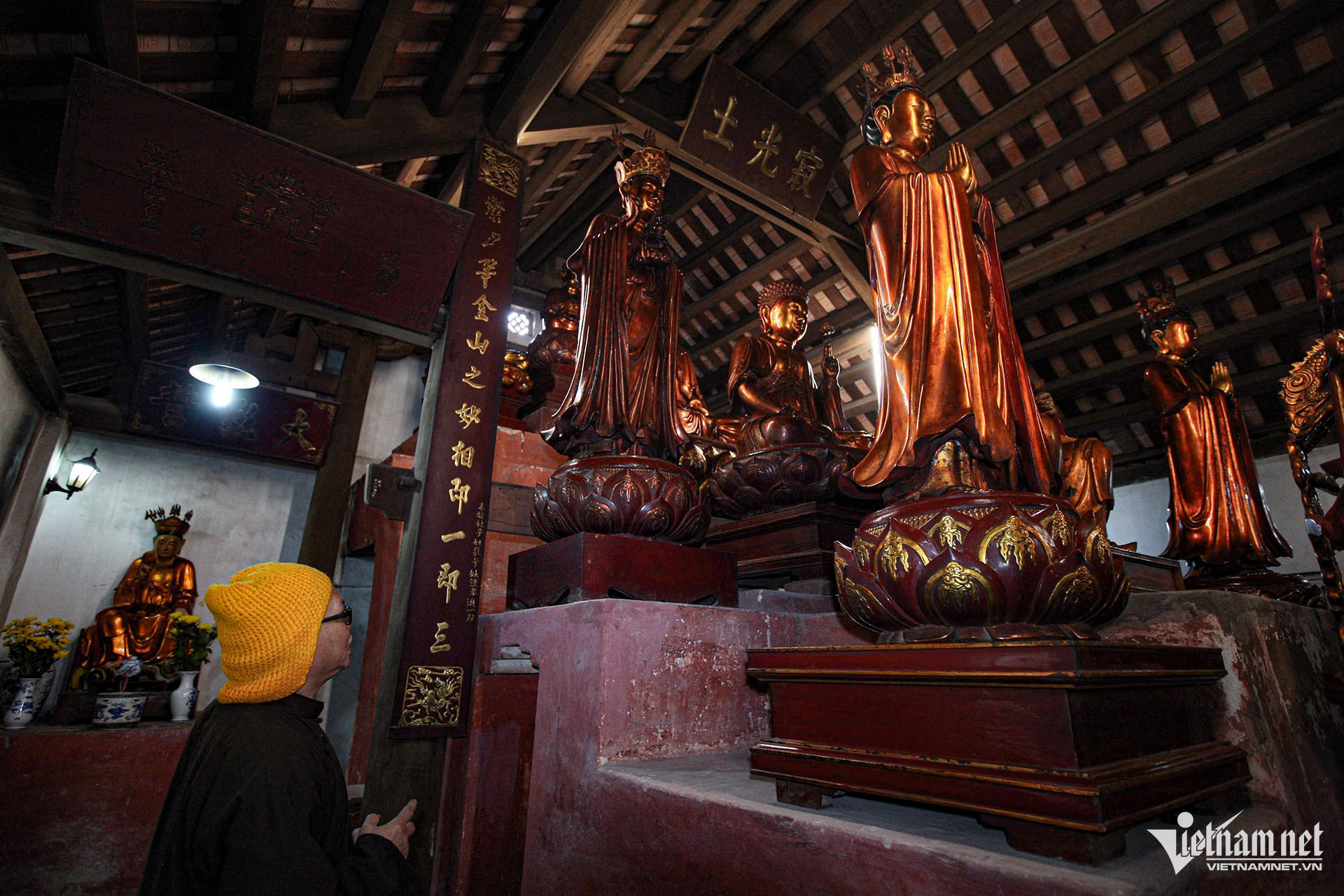
The pagoda also holds 39 rare wooden Buddha statues from the Le Trung Hung period.
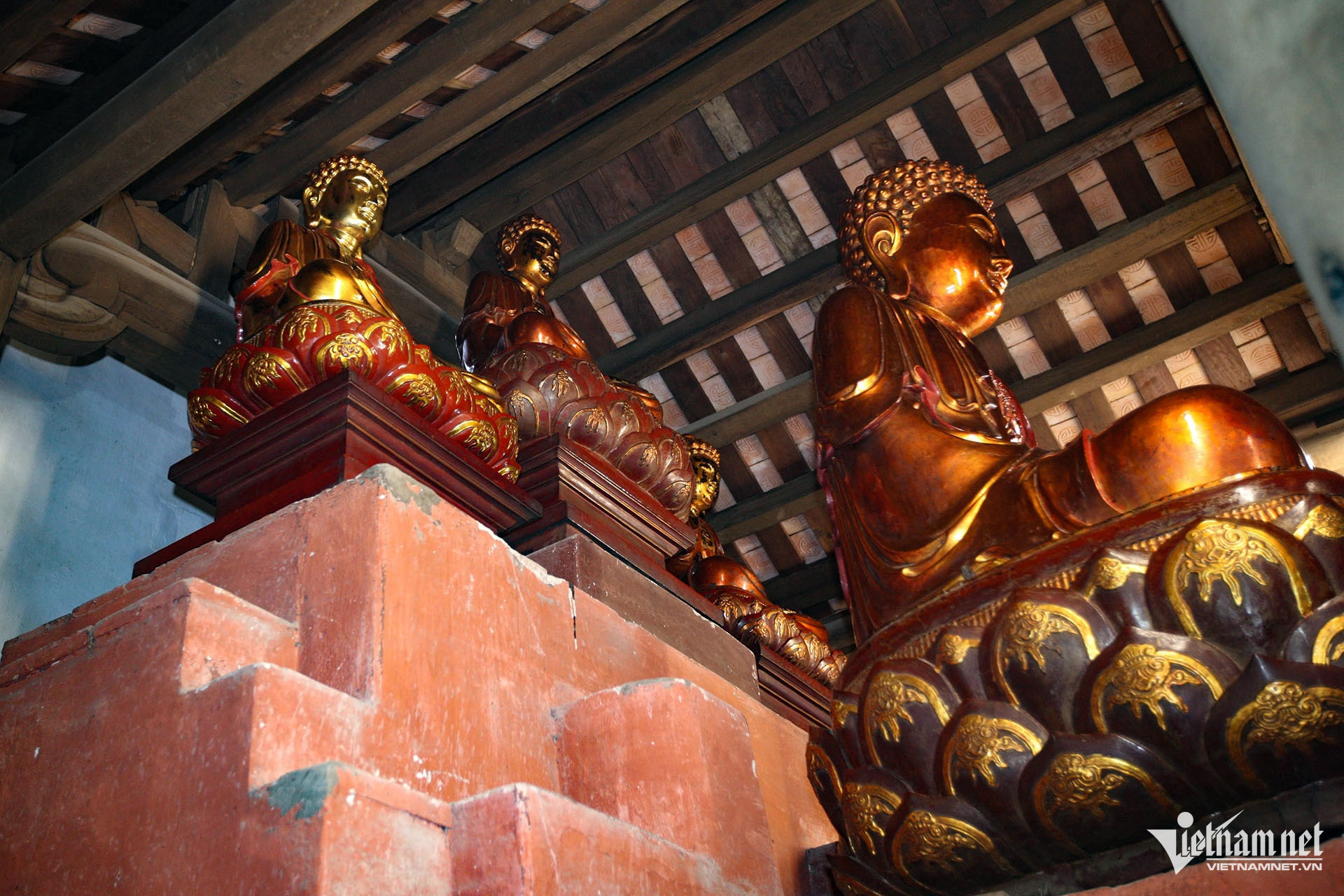
Each statue showcases exceptional craftsmanship and religious symbolism.
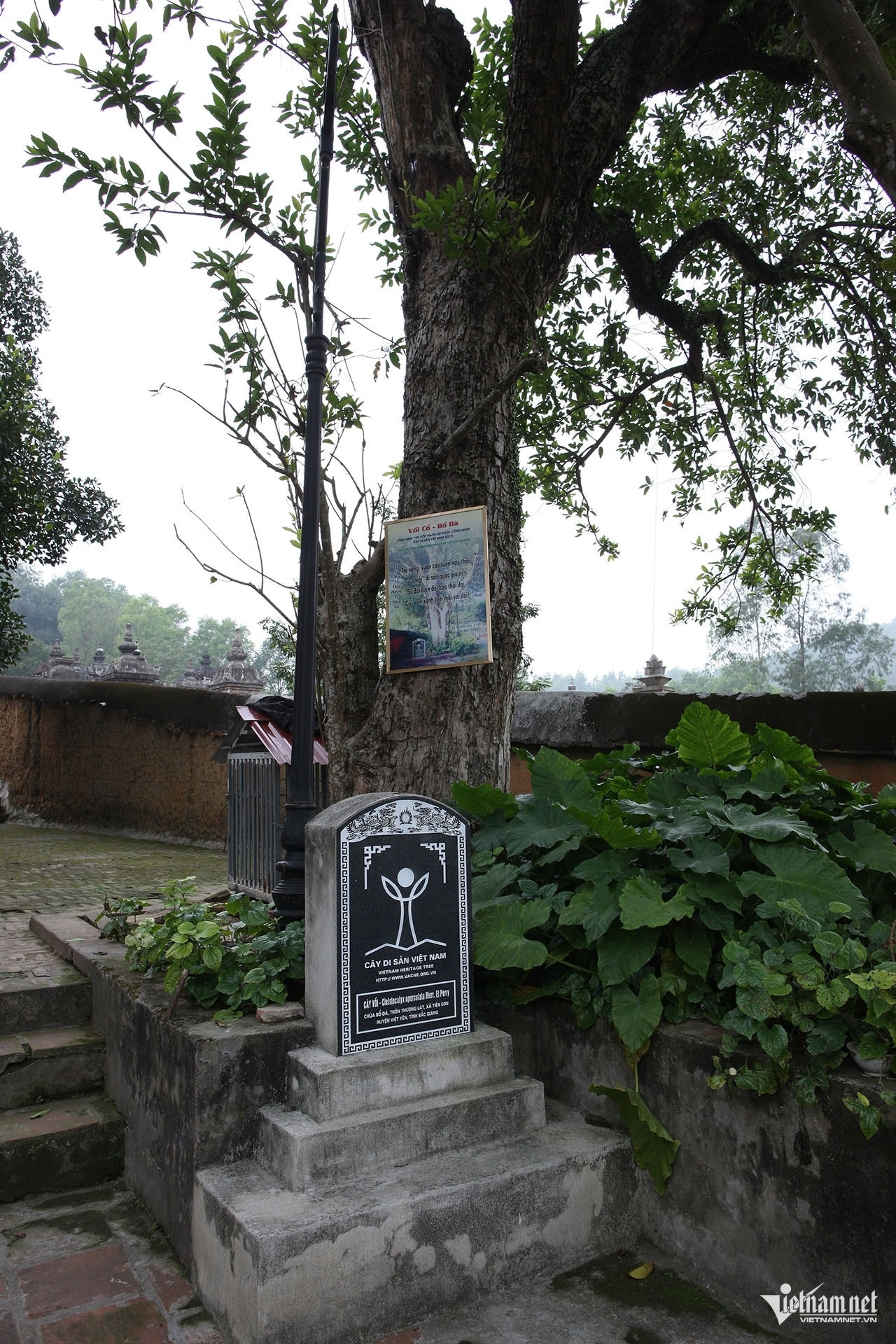
The temple garden includes seasonal crops and an ancient voi tree, designated a Vietnamese heritage tree.
